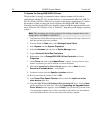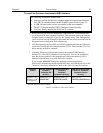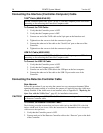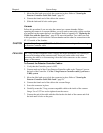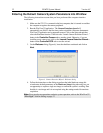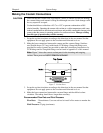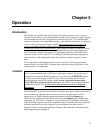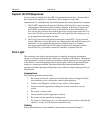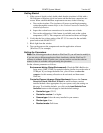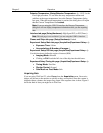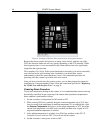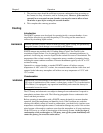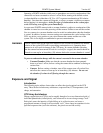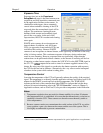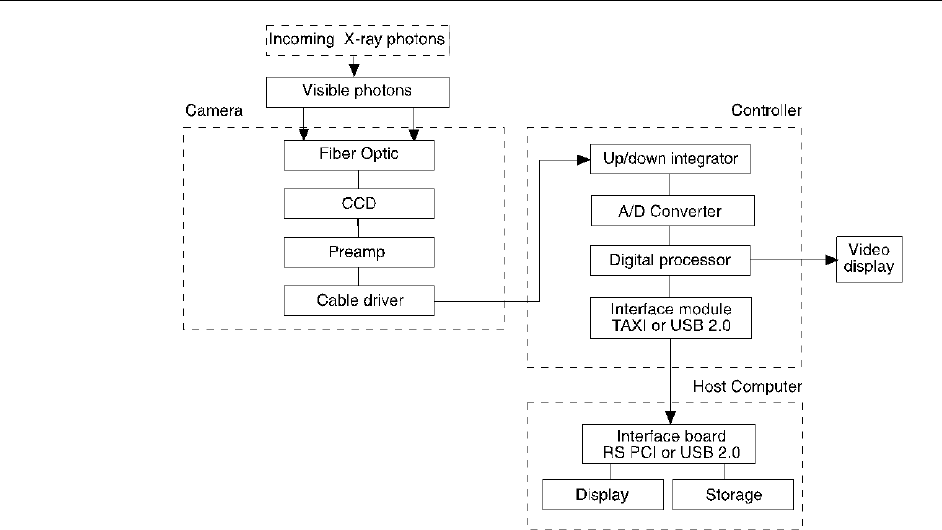
36 PI-MTE System Manual Version 4.C
Figure 8. Block Diagram of Signal Path in System
Whether or not the data is displayed and/or stored depends on the data collection
operation (Focus or Acquire) that has been selected in the application software. In
WinView, these operations use the Experiment Setup parameters to establish the
exposure time (the period when signal of interest is allowed to accumulate on the CCD).
In Focus mode, the number of frames and accumulations settings are ignored. A
single frame is acquired and displayed, another frame is acquired and overwrites the
currently displayed data, and so on until Stop is selected. No frames of data are
stored. However, when Stop is selected, the File Save function can be used to save
the currently displayed data. This mode is particularly convenient for familiarization
and setting up. For ease in focusing, the screen refresh rate should be as rapid as
possible, achieved by operating with axes and cross-sections off, and with Zoom 1:1
selected.
In Acquire mode, every frame of data collected can be automatically stored (the
completed dataset may include multiple frames with one or more accumulations).
This mode would ordinarily be selected during actual data collection. One limitation
of Acquire mode operation is that if data acquisition continues at too fast a rate for it
to be stored, data overflow will eventually occur. This could only happen in Fast
Mode operation.
The remainder of this chapter is organized to first talk about the system on/off
sequences. Then the "First Light" procedure for imaging applications follows: this
procedure provides step-by-step instruction on how to initially verify system operation.
The last three sections discuss factors that affect exposure, readout, and digitization of
the incoming signal. By understanding these factors and making adjustments to software
settings, you can maximize signal quality. For information about synchronizing data
acquisition with external devices, please refer to Chapter 6, Advanced Topics.



